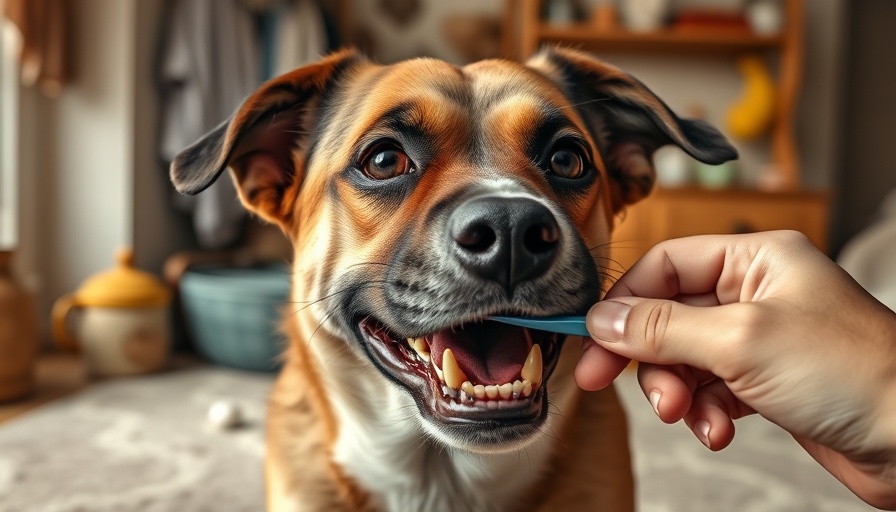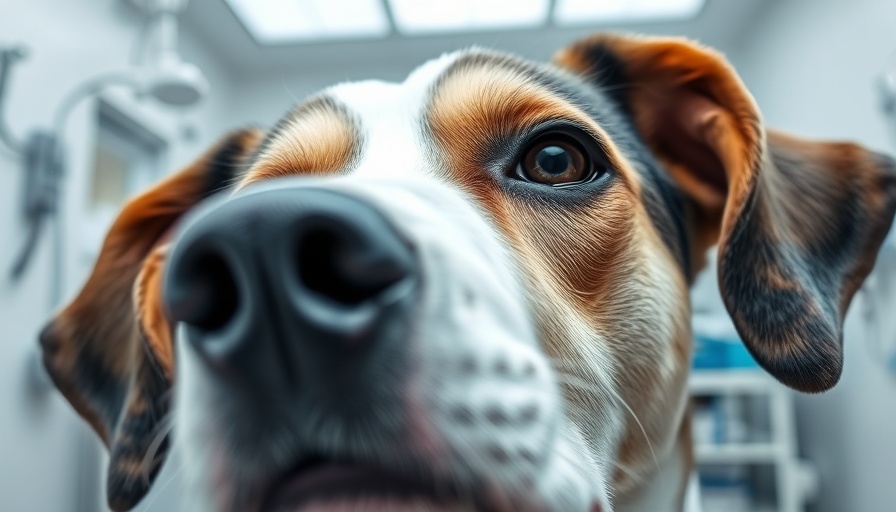
Understanding Canine Anxiety: Finding the Right Medications
Just like humans, dogs can experience anxiety, which can be triggered by various factors such as loud noises, unfamiliar environments, or even separation from their owners. Recognizing the signs of anxiety in dogs—such as excessive barking, destructive behavior, or withdrawal—can help owners take proactive steps to address their pets' needs. It’s essential to understand that while medication can be a useful tool in managing canine anxiety, it should not be the only solution. Holistic approaches such as training, behavioral therapies, and lifestyle adjustments also play crucial roles in reducing anxiety levels.
The Role of Medications in Treating Canine Anxiety
Medications designed for canine anxiety come in various forms—prescription pharmaceuticals as well as over-the-counter options. When considering medication for your dog, consulting with a veterinarian is crucial. They can recommend appropriate treatments based on your dog's specific symptoms and circumstances. Commonly prescribed medications include SSRIs like fluoxetine and anxiolytics such as alprazolam, while natural remedies often feature ingredients like valerian root or L-theanine to promote a sense of calm.
A Trial-and-Error Approach: Finding What Works
It’s important for dog owners to approach anxiety treatment with patience and an open mind. Just as every human reacts differently to medication, dogs may have unique responses to various treatments. A medication that works well for one dog may not be effective in another. Thus, a trial-and-error approach may be necessary, but with the guidance of a veterinarian, owners can monitor their pets closely and adjust treatments accordingly.
Complementing Medication with Behavioral Strategies
While anxiety medications can significantly help manage symptoms, integrating behavioral strategies can lead to more sustainable results. Techniques such as desensitization and counter-conditioning can help dogs gradually adjust to situations that trigger anxiety. Tools like calming collars or anxiety wraps can provide additional comfort. Furthermore, engaging in regular exercise and mental stimulation keeps dogs active, which can contribute to their overall well-being.
Future Opportunities: Innovations in Anxiety Treatments
As awareness of canine mental health increases, so too does the research into more effective anxiety treatments. Future innovations may include advances in pharmaceuticals that target anxiety more specifically, as well as novel behavioral techniques. Pet owners should stay informed about the latest developments, as better understanding canine anxiety opens doors to more effective treatments. Engage with other pet owners, communities, and professionals to learn about new approaches as they emerge.
Creating a Calming Environment for Your Dog
One crucial step in managing anxiety is to create a tranquil atmosphere at home. This might involve designating a quiet space where your dog can retreat when feeling overwhelmed. Soft bedding, gentle music, and familiar scents from your clothing can help create a safe haven. Routine is essential; keeping a consistent schedule for meals, playtime, and rest can help provide a sense of predictability that calms anxious dogs.
Conclusion: Empowering Yourself as a Dog Owner
Being an informed and proactive dog owner is the best way to ensure your furry buddy feels secure and loved. Medication can play an important part in alleviating anxiety, but it works best when integrated with behavioral approaches and a supportive environment. Remember, you are not alone; numerous resources—from veterinarians to support groups—are available to help you navigate your dog’s journey toward better mental health.
 Add Row
Add Row  Add
Add 




Write A Comment